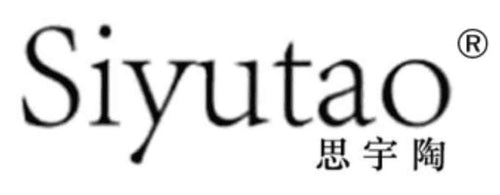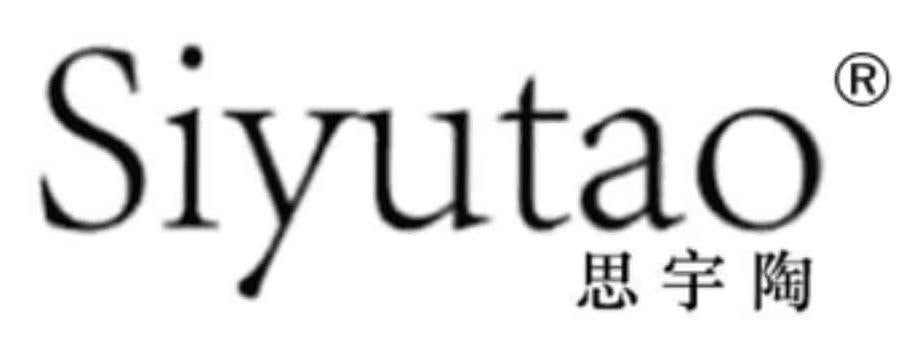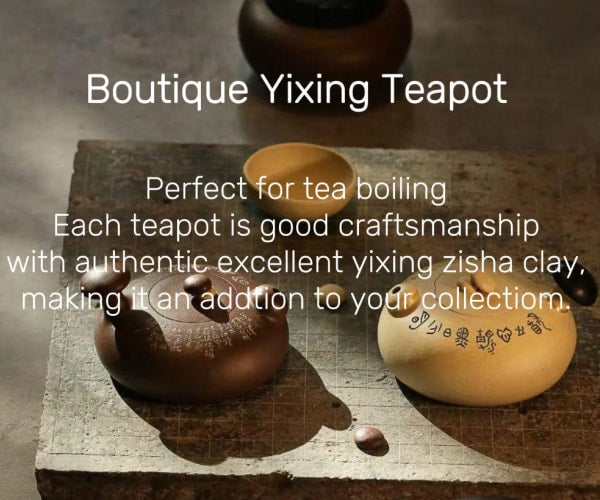What is a Lion Ball Teapot (Shi Qiu Hu)?
The now-popular Lion Ball Teapot (Shi Qiu Hu) emerged in the 1930s as a common household teaware style in the late Qing and early Republican periods. Typically designed with sunflower-petal-shaped patterns, it features a lion playing with a ball as the knob, hence its name. Lion Ball Teapots come in large, medium, and small sizes and were widely circulated.

What a Lion Ball Teapot (Shi Qiu Hu) symbolizes?
Also known as the "Crouching Lion Teapot" (Fu Shi Hu), the name carries a homophonic pun—"Lion" (狮, Shi) sounds like "Teacher/Official" (师, Shi). In ancient times, high-ranking officials were titled "Grand Preceptor" (太师, Taishi) and "Junior Preceptor" (少师, Shaoshi), so this teapot symbolizes generations of prosperity and high-ranking success.
Why named it Lion Ball Teapot (Shi Qiu Hu)?
The most distinctive feature of the Lion Ball Teapot is the crouching lion on the lid, often crafted with a charming and friendly expression. The air vent is cleverly hidden between the lion’s legs, maintaining the knob’s functionality.
When foreign lion culture was introduced to China, it was not passively absorbed. Instead, after a long period of adaptation and transformation, it evolved into a unique Chinese lion culture. This culture carries distinct national characteristics shaped by China’s geography, customs, and religious beliefs. Chinese artisans infused their ideals and values into the lion’s image, reimagining the foreign influence into something uniquely their own. This cultural individuality is vividly embodied in the small yet expressive purple clay lion teapots, making them a distinctive and brilliant part of China’s purple clay heritage.

The history background of Lion Ball Teapot (Shi Qiu Hu)
With the Kangxi Emperor's recovery of Taiwan and the suppression of the Revolt of the Three Feudatories, the Qing government lifted the maritime ban in 1684, reopening the Maritime Silk Road and restoring trade routes between China and the West. The Western aristocracy's fondness for Chinese ceramics led to a surge in export orders. Alongside pristine white porcelain, European nobles also took a keen interest in Yixing's purple clayware, dubbing it the "Red Porcelain of China."
European royalty and nobility had a deep cultural connection with lions, viewing them as symbols of imperial power and authority. As a result, many export orders during the Kangxi period favored purple clay teaware designed with lion motifs. The strong demand from foreign traders, combined with China’s traditional auspicious lion culture and the craftsmanship of Yixing artisans, led to a flourishing of lion-themed purple clay designs. Thus, the lion-shaped purple clay teapot officially entered the stage of history.
Who created the Lion Ball Teapot (Shi Qiu Hu)?
Jiang Anqing (1886-1953): Master of the Lion Ball Teapot
Jiang Anqing, a skilled purple clay artisan of the late Qing and early Republican periods, lived in Yangzhu Village, Dapu, Ding Shu. He excelled in replicating ancient designs and was particularly adept at "ribbed ware" (Jin Nang Hu) and relief decorations. His Lion Ball (Shi Qiu), Lion Lantern (Shi Deng), and Lion Seat (Shi Zuo) series were highly popular. His Lion Ball Teapot won an award at the 1915 Panama-Pacific International Exposition in the United States, earning him the reputation as the foremost maker of Lion Ball Teapots in the Republican era.





